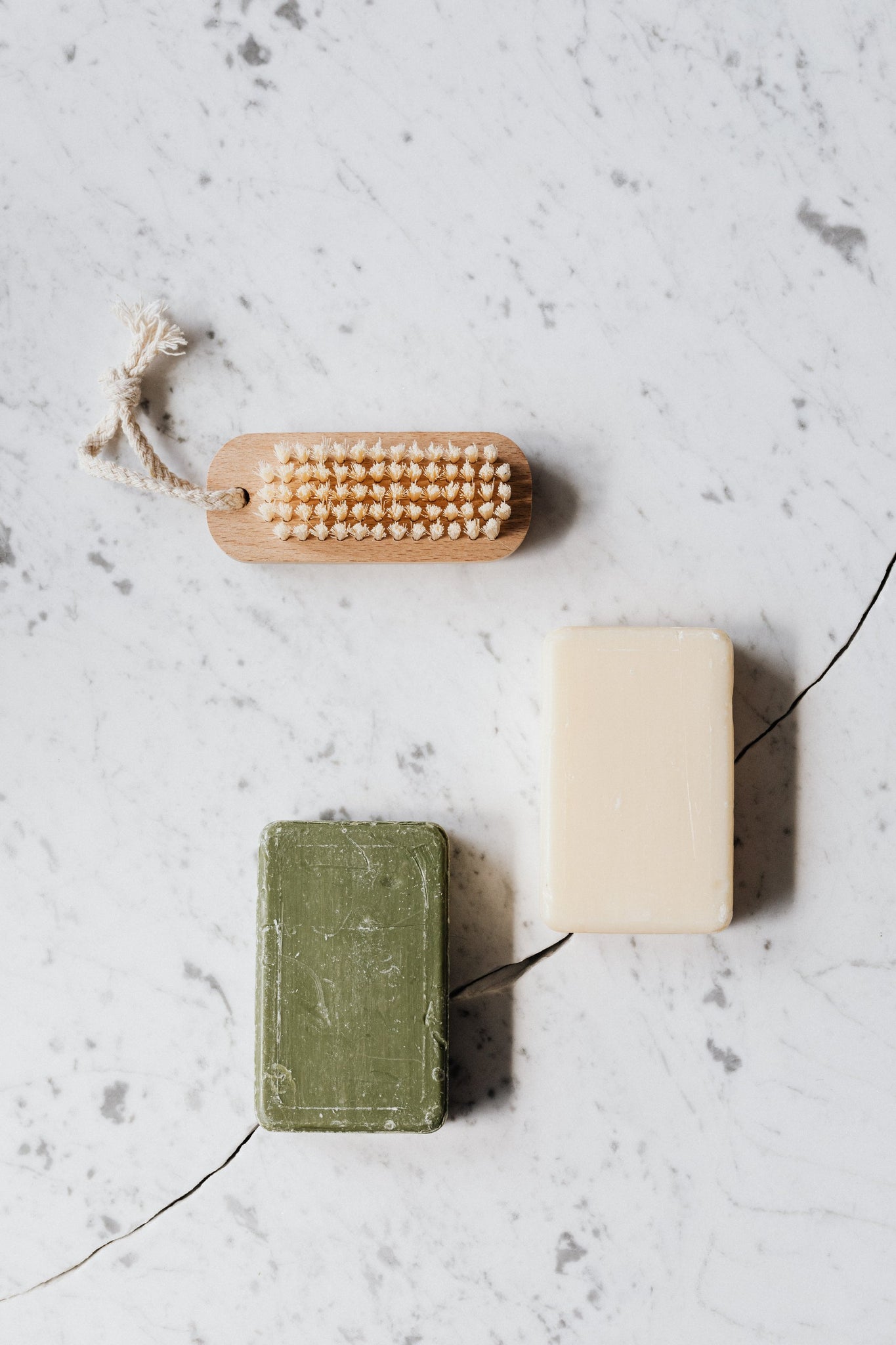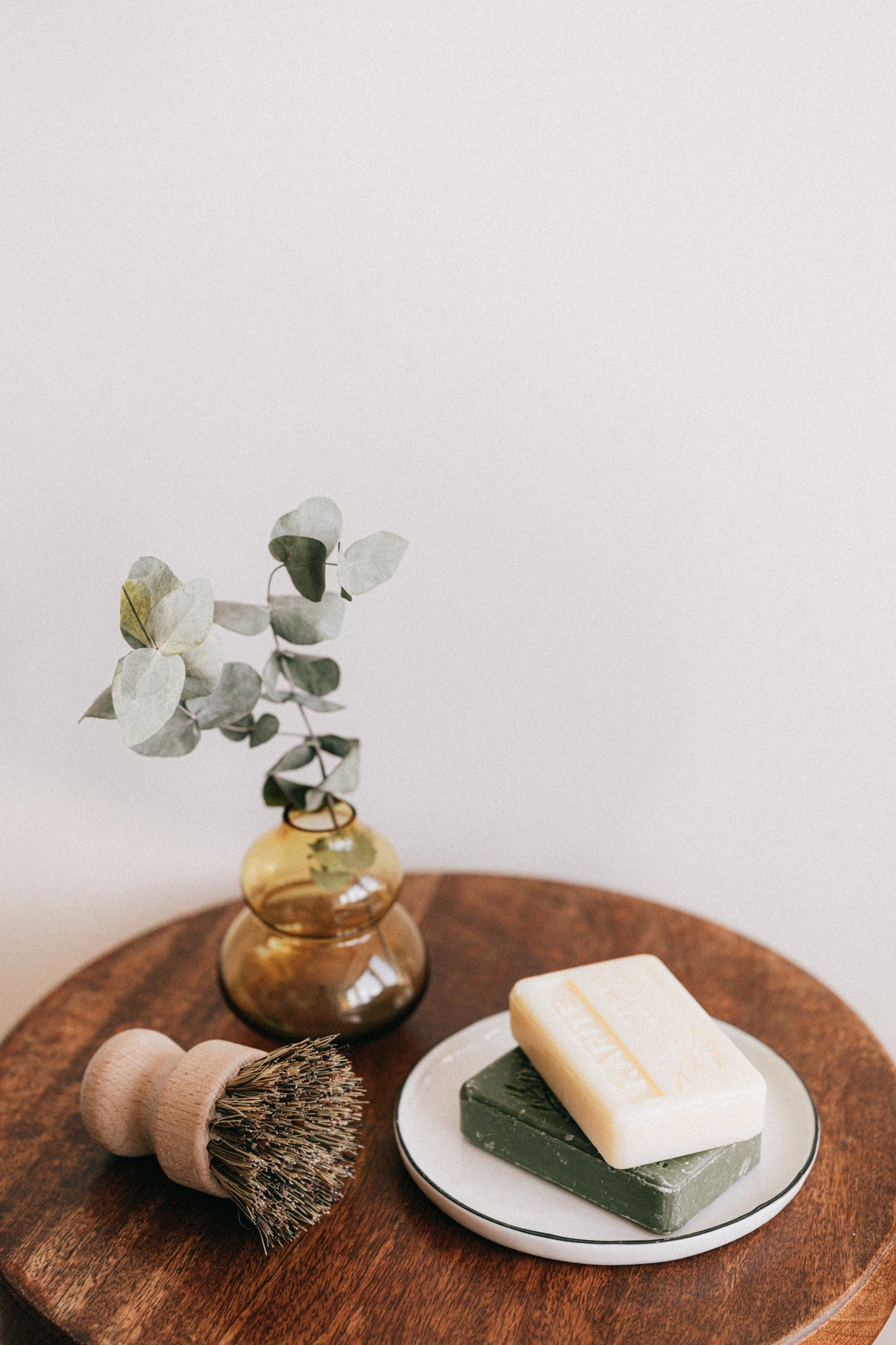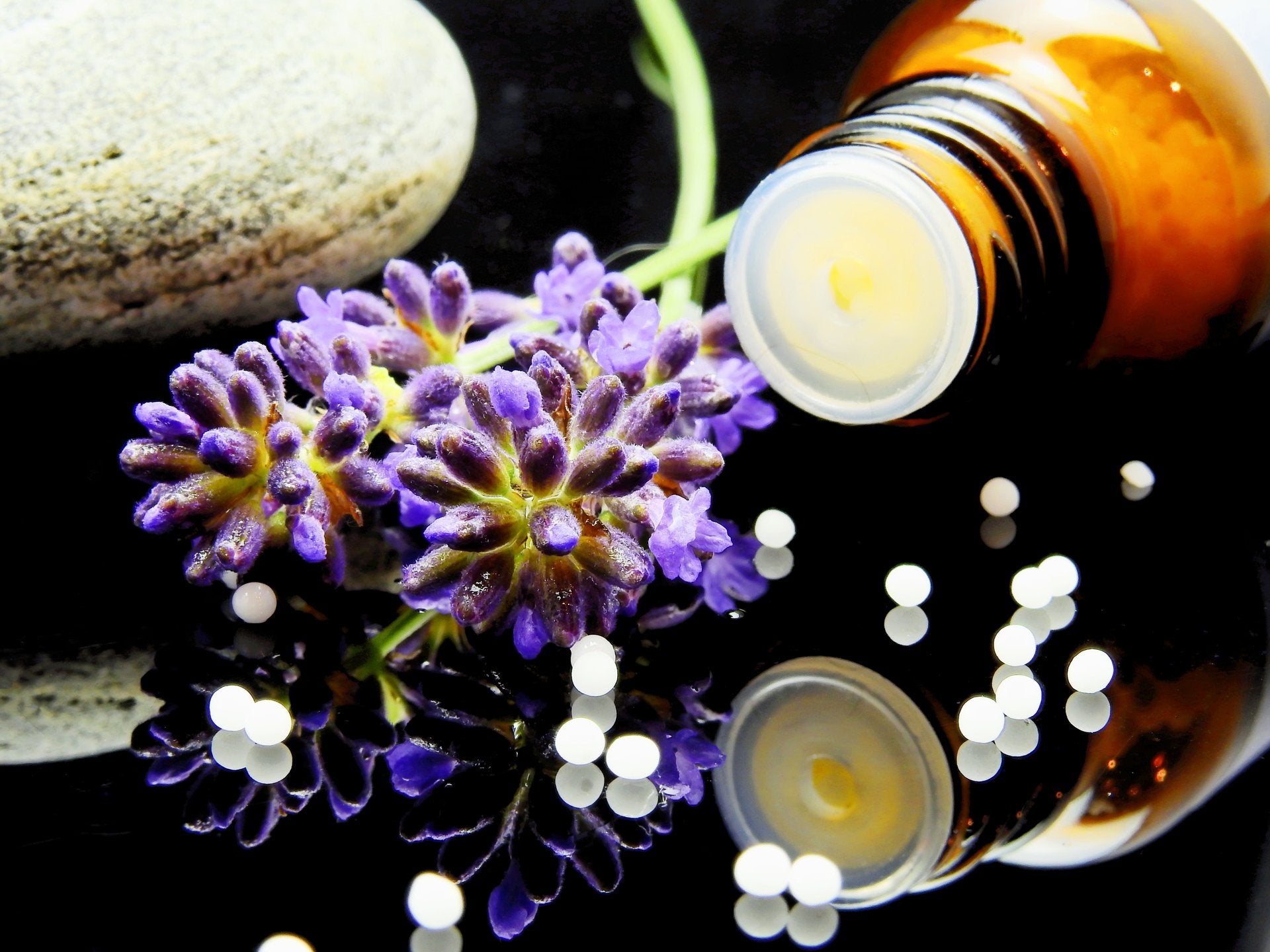Best shampoo bars for thinning hair

Shampoo bars have become a revelation in the world of beauty. When they first came into the scene, there were many questions surrounding their effect on hair. Now, shampoo bars have arguably the best hair soap for your hair.
Hair usually grows in four stages. The stages are part of what is known as the hair growth cycle. Each hair follicle takes part in the hair growth cycle; however, they all start the cycle at separate times. By starting the cycle at separate times, we end up having hair throughout. If all hair follicles were at the same stage at the same time, we would have total baldness periodically.
So, hair naturally thins or falls off depending on its stage in the growth cycle. We lose about 50-100 hairs a day, which is normal. However, some people lose more than 100 hairs per day, which is considered excessive hair shedding. One of the main reasons for excessive hair shedding is the hair products we use.
Liquid shampoos are known to thin hair, causing them to lose their strength, volume, and eventually causing the hair to fall off. In our latest post, we look at the drawbacks of liquid shampoos and why shampoo bars may soon be a bathroom staple. We also look at ways you can reduce your hair thinning and how shampoo bars will help your hair gain its volume.
Why shampoo bars are better than liquid shampoos
Having a clean and healthy scalp is important for hair care. Our hair gathers dust and bacteria from our daily activities. By cleaning our hair, we remove any bacteria that may be potentially harmful to our hair or scalp.

Most people use liquid shampoo for their hair care. It is common in homes and salons because of its general acceptance. Liquid shampoos do a decent job of cleaning and ridding hair of dirt and bacteria. Sadly, because of some of its ingredients, liquid shampoos are also a major cause of excessive hair shedding.
Liquid shampoo harmful ingredients
The bulk of liquid shampoos is usually water. About 80% of the formulation is water and 20% are organic and inorganic compounds. Of the 20%, the surfactant is arguably the most harmful compound in shampoo formulation.
Surfactants include compounds such as sodium lauryl sulfate or ammonium laurate sulfate. These are the chemicals that allegedly cause your hair to thin out and fall off prematurely. They are essential in most liquid formulations as they are responsible for removing oil in the hair or on the scalp.
For people with sensitive skin, using liquid shampoos with a surfactant can cause damage to your skin. Surfactants can be irritating to sensitive skin or when used excessively. To compensate for this, most manufacturers add conditioners to their shampoos to counter the stripping and irritating effect of liquid shampoos. Nevertheless, the surfactants can still cause unwanted reactions.
There are also other chemicals in liquid shampoos that may be harmful such as preservatives.
All-natural shampoo bars
Most liquid shampoo formulations are made from chemicals that can be harmful to the scalp and hair. The best way to prevent any irritation by skin or hair care products is to use natural ingredients.
Shampoo bars are mostly formulated from natural ingredients. They lack the harmful chemicals found in liquid soaps such as sodium lauryl sulfate. Because of their formulation, they are generally mild and gentle on the skin and hair. They thoroughly clean the hair without stripping it.
In some cases, the bar shampoos are made purely form organic products. Organic shampoos are safe to use even in excess as they lack any harmful ingredients.
Moreover, organic shampoos are also environmentally friendly. Their formulation is quite simple; thus, they do not require any pollution generating stages in their formulation.
Why shampoo bars are good for you
Firstly, it stops further damage by chemicals in liquid shampoos. By switching to shampoo bars, you immediately stop any further detrimental effect of liquid shampoos.
Shampoo bars will also return your hair to its voluminous, shiny state. It does this by clearing away any residue that could have been left by liquid shampoo. Rinsing away all liquid soap is nearly impossible; thus, liquid shampoo residue easily remains on the scalp. Once you start using shampoo bars, they clear away any of the remaining residue leaving your hair and scalp healthier.
Another great advantage of the shampoo bar is that they do not strip your hair. Your hair will maintain its color or dyed color for longer.
With shampoo bars, your hair is left clean and moisturized. Unlike liquid soaps that dry the hair, shampoo bars leave your hair moisturized. In fact, most people will not need to use any conditioner after using organic bars. Once your hair adjusts after a couple of washes with the shampoo bar, you may never need a conditioner.
In addition to hair care, shampoo bars also provide environmental care. Because they are organic, their carbon footprint is lower than that of liquid shampoos. They also take up less space during transit, which also reduces their carbon footprint. Organic bars also reduce the amount of plastic in use. Factories package these bars in paper or other environmentally friendly packaging as opposed to liquid shampoos, which are stored in plastic bottles.
Choosing a shampoo bar
Deciding to abandon liquid shampoos for shampoo bars may be an easy choice to make. Choosing a shampoo bar to use may not be as simple, especially if you have no information about them.
Here are some of the choices that exist in the market,
- Cold-pressed shampoo bars. Most of the cold-pressed shampoo bars are fully organic. They contain natural and essential oils that are enriching and protective. They are free from harmful chemical ingredients such as sodium lauryl sulfate. Most are produced by natural product companies or by home innovators.
- Glycerin-based shampoo bars. These are gentler to the scalp and hair. They may not lather as easily as the other available options. Glycerin-based shampoo bars will also not be as clarifying compared to the other choices in the market.
- Solid surfactant shampoo bars. They lather best and are pH balanced. Because they have surfactant, they can be too clarifying for most hair types.
So far, these are the three shampoo bar choices in the market. You may need to try out the options before you find out what is good for your hair. As a rule of thumb, avoid any products with sulfates because they are bad for your hair. Consider avoiding products with strong alkalis such as sodium hydroxide (pH of 10-12). They affect the pH balance of the hair, which is generally acidic (pH of 4-5).
There is another option to explore, making your own shampoo bars.
Shampoo bar recipe
Crafting your own shampoo bars from scratch may seem foreign, but once you know how to, it may be your best option yet.

There are many recipes listed on the internet. Each recipe has its own pros and cons. To understand what will best work for you, you must first understand some of the basics. We will discuss the properties of the core ingredients in shampoo bars. By understanding these properties, you will have a better chance of crafting shampoo bars tailor-made for your hair.
Oils
Oils are like the base of the shampoo bar. They are essential in the saponification (soap-making) process. Below is a list of oils and their properties,
- Avocado oil. It makes a conditioning soap with a medium, creamy lather. Avocado oil is rich in vitamins A, B, D, and E. It is also rich in oleic and palmitoleic acids, which are good for your hair.
- Coconut oil. A cleansing soap with high bubbles, high lather with high stable bubbles. It can be drying if it is more than 45% of the total oil content in soap.
- Cocoa butter. Also a conditioning oil. It adds hardness, moisturizes, and forms a stable rich lather. Cocoa butter is high in vitamin E and other antioxidants. In the soap making process, it does not fully saponify and only adds its richness after curing.
- Shea butter. Like the first three, shea butter is a conditioning soap that forms a stable lather. It also adds hardness to the bar. Bars made with shea butter have a silky feel to them. Shea butter is rich in fatty acids, minerals, and vitamins A and E.
- Grapeseed oil. It is a highly conditioning oil that forms a stable, creamy lather. The oil is high in antioxidants, omega-6 fatty acids, and linoleic acid, which are all enriching to the scalp and the hair.
- Hempseed oil. A highly conditioning oil that forms low lather. The oil is high in vitamins A and E. A major drawback of hempseed oil is its shelf life. It goes bad easily when used in making shower bars. For a longer-lasting bar, use 5% or less of this oil.
- Jojoba oil. Helps moisturize dry skin as it does not fully saponify. It is also conditioning and forms a strong, stable lather.
- Olive oil. A highly conditioning oil with very low cleansing ability. It makes a very soft shampoo bar that you can best pair with harder oils or fats. Olive oil is also high in antioxidants and polyphenols.
- Sweet Almond oil. Forms a stable medium lather. The oil is gentle on the skin. It is high in vitamins A and E, linoleic acid, and oleic acid.
The oils are arguably the most important ingredients when making shampoo bars. Having seen their properties, we now know that different oils are used for distinct types of hair. This will also guide on making the best shampoo bar for thinning hair and other types of hair.
Shampoo bar recipe for thinning hair
There are several reasons that lead to thinning hair; however, bad shampoo should never be among them. This simple DIY shampoo bar recipe can help you with thinning hair, giving your hair volume and shine. With this recipe, you can have the best shampoo bar for thinning hair.
Thinning hair may sometimes be wispy and dry. In this state, it is easy to break when we weigh it down with certain hair products. While producing the formulation, we considered dryness and wispiness, selecting a combination of oils that would counter this.
Another crucial consideration is the superfat content of your shampoo bar. Superfat is the percentage of oil that is left out after the soap (shampoo) making process. After all the lye is used up, whatever percentage of oil remains will affect moisture content and conditioning. It will also determine the type of hair the shampoo bar will improve.
For example, thinning hair will benefit from a high superfat content of about 10%. Mixtures containing coconut oil also require high superfat content to counter the drying effect of coconut oil.

Ingredients
- 250g coconut oil
- 140g castor oil
- 250g palm oil
- 140g cocoa butter
- 110g olive oil
- 30g neem oil
- 30g shea butter
- 370ml of water (filtered)
- 130g lye
- 30g of essential oil (rosemary, cypress, or lemon are best for thinning hair)
Method
- In a large stainless-steel pot, combine neem oil, palm oil, castor oil, cocoa butter, olive oil, shea butter, and coconut oil. Melt over medium or low heat. Allow the mixture to cool to 40°C.
- Take lye crystals and pour them into the water until dissolved. Do this in an open area while wearing protective clothing such as gloves, a mask, and overalls. Allow to mixture to cool to 40°C, at the same rate as the oil mixture.
- When the oil mixture and the lye mixture get to the same temperature, add the lye mixture to the oil mixture. Mix with a stick until about 50% incorporated.
- Add the essential oil and mix thoroughly.
- Pour into a mold and leave insulated for about 24 hrs.
- Remove the bars from the mold and allow to cure for 6-8 weeks in a dry area.
- Cut them into desired sizes, ready for use.
The process is quite simple. You only need a weekend to get the ingredients and mix. Substituting your daily shampoo with this bar shampoo will stop hair thinning. With time, it will return your hair’s volume and shine.
Other recipes
Different hairs require distinct types of treatment to get them back to their best. Here are other bar shampoo categories for different hairs,
- Shampoo bars for dry hair. These have both milk and honey in their formulation to trap in as much moisture as possible. The formulation requires a high superfat content, thus, most oils selected in the formulation do not saponify easily.
- For oily hair. Have oils with drying properties such as coconut oil. They also have a low superfat content of less than 5%.
- General shampoo bar. Have a low superfat content, usually 5%. Contain different mixtures not tailored to any specific hair type.
Most ingredients in the recipe are natural including lye. Thus, shampoo bars, depending on how they are crafted, can be fully organic. The all-natural process makes ingredients that are generally safe to use. They are arguably better as they do what shampoos need to do (remove dirt and bacteria) without any harmful effect.
Moreover, they help your hair get back to its lost glory.
Against hair thinning
You can get better results with shampoo bars by combing their use with other hair care products. By using hair growth serums and oils, you can improve your hair situation.
In addition to these, microneedling will also help immensely. The benefits of microneedling on hair thinning are numerous. It activates your dormant follicles, which works to increase your hair volume. The process also increases collagen production that is good for your hair. With the daily use of shampoo bars and occasional microneedling, you can greatly improve your hair growth.
In terms of cost, these anti-hair thinning products cost less than $50 combined. You can purchase microneedling rollers for less than $30. Shampoo bars are even cheaper, starting from around $5 for quality bars.
Conclusion
Liquid shampoo products are not the best for any type of hair. They can cause your hair to prematurely fall off, leading to your hair thinning out.
Shampoo bars are a better package for your hair. They repair and restore your hair by stopping hair thinning, giving it more volume, and glow. They are also environmentally friendly, and most are fully organic.
Aside from protection for your hair, shampoo bars are also good for everyday use. They protect normal hair and they may also be the best solution for both dry and oily hair.




Leave a comment